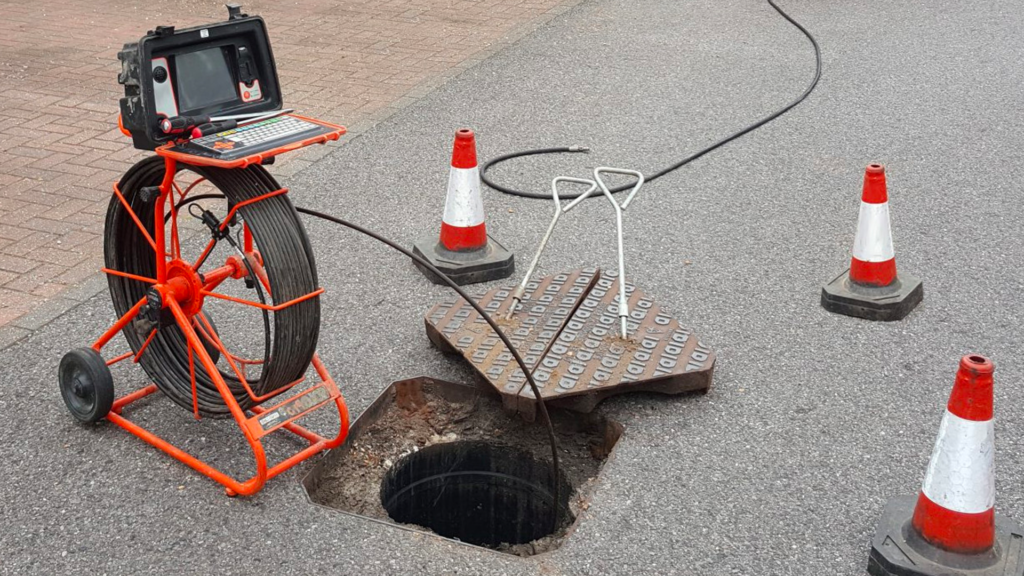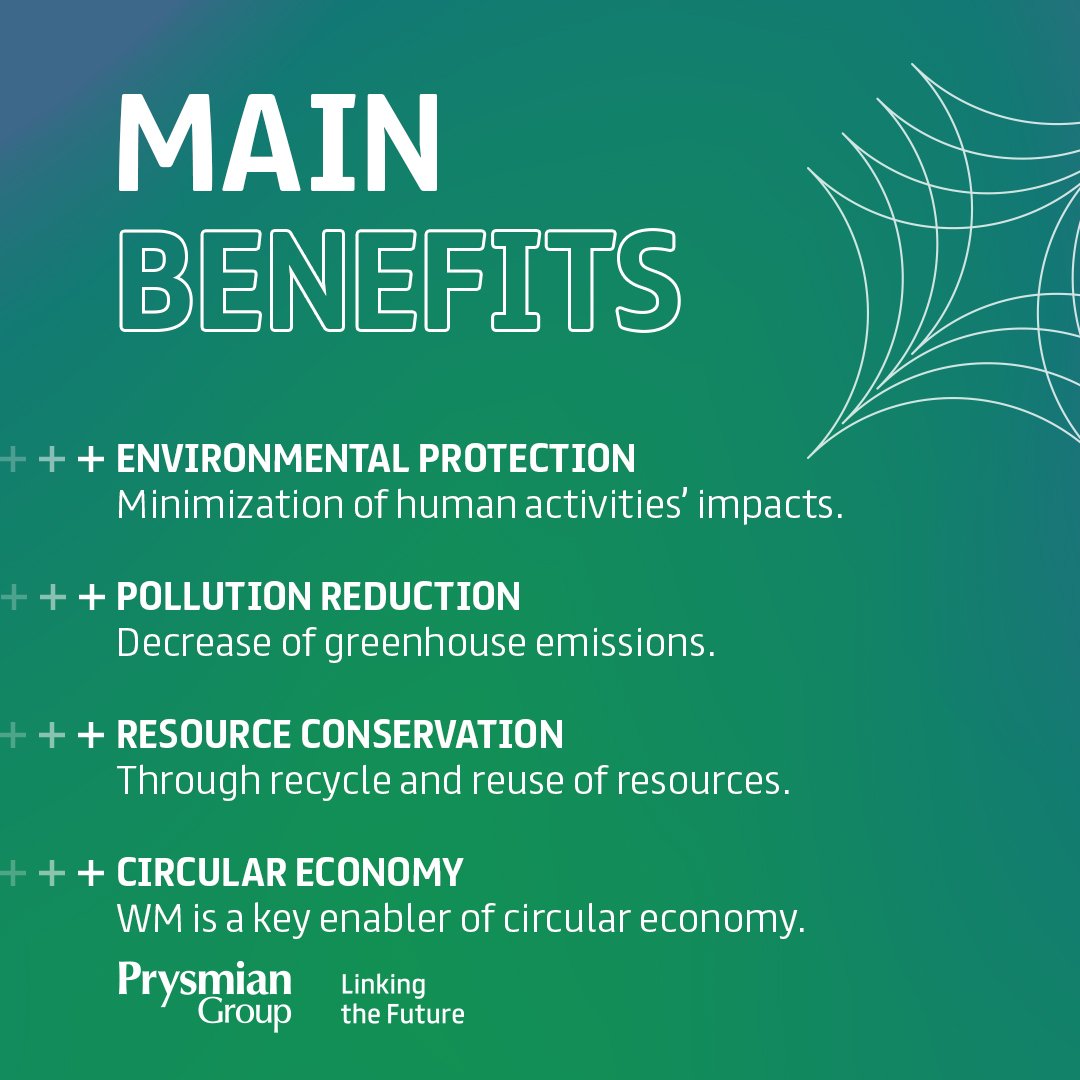The Ultimate Guide To Reclaim Waste
The Ultimate Guide To Reclaim Waste
Blog Article
What Does Reclaim Waste Mean?
Table of ContentsNot known Facts About Reclaim WasteNot known Details About Reclaim Waste An Unbiased View of Reclaim Waste9 Easy Facts About Reclaim Waste ShownRumored Buzz on Reclaim Waste
Residential sewer waste refers to the waste and items from a household septic tank. The appropriate administration and disposal of residential sewage waste call for fluid waste to be transferred to a sewage treatment plant where the proper techniques and tools are used to purify and dispose of waste.
Business waste commonly includes potential risks, such as flammable materials or a mixture of fluid and strong waste products, and needs a more sophisticated and in-depth disposal procedure. The disposal of commercial waste typically entails the purification of waste before transport to ensure risk-free and correct disposal. Hazardous waste is created from by-products and drainage of industrial procedures and production.
This kind of waste can not use the very same sewer administration transport or processes as septic or industrial fluids. The commercial waste management procedure needs the evaluation and testing of liquid waste before it undergoes the disposal procedure (liquid waste disposal). Drainage waste is the liquid waste that originates from overflow and excess stormwater in highly populated areas or cities
Overflow waste can trigger contamination and flooding if not managed effectively. Making certain proper waste management can protect against disasters and lower ecological damage.
Reclaim Waste for Beginners
Get in touch with PROS Services today to discover our waste monitoring and disposal services and the correct means to take care of the liquid waste you create.
(https://reclaim-waste.jimdosite.com/)Do you know what happens to your water when you disengage, purge the bathroom or drain the washing device? No? Well, it's worth knowing. This so-called 'wastewater' is not only an essential resource but, after therapy, will be released to our land, waterways or the sea. Made use of water from commodes, showers, bathrooms, kitchen area sinks, laundries and commercial processes is known as wastewater.

water utilized to cool equipment or clean plant and equipment). Stormwater, a form of wastewater, is runoff that moves from farming and city locations such as roofings, parks, gardens, roads, courses and rain gutters into stormwater drains pipes, after rain. Stormwater flows unattended straight to local creeks or rivers, at some point reaching the ocean.
See This Report about Reclaim Waste
In Queensland, the majority of wastewater is dealt with at sewer therapy plants. Wastewater is transported from residential or commercial sites via a system of drains and pump stations, understood as sewerage reticulation, to a sewage therapy plant.
The Division of Natural Resources advises local governments regarding managing, operating and preserving sewerage systems and treatment plants. In unsewered locations, city governments might call for homeowners to mount private or home sewage therapy systems to deal with residential wastewater from bathrooms, cooking areas, bathrooms and washings. The Division of Natural Resources authorises the use of household systems when they are proven to be reliable.
In some brand-new subdivisions, therapy of some stormwater to eliminate clutter, sand and gravel has actually started making use of gross contaminant traps. Wastewater therapy occurs in 4 phases: Removes strong matter.
Uses small living organisms recognizes as micro-organisms to damage down and remove remaining liquified wastes and fine bits. Micro-organisms and wastes are incorporated in the sludge.
Reclaim Waste - Questions
Nutrient elimination is not offered at all sewage treatment plants because it needs costly specialised devices. Clear liquid effluent created after treatment may still include disease-causing micro-organisms - liquid waste disposal.

This typically implies wastewater has to be dealt with or pollutants removed prior to it can be released to waterways. The majority of wastewater moves into the sewage system. Under the Act, city governments administer authorizations and permits for ecologically appropriate activities (ERAs) involving wastewater launches that could have a neighborhood effect. The department carries out authorizations and permits to ERAs entailing wastewater releases that might have a local or statewide impact.
Some Of Reclaim Waste
Surveillance gives valid details about water quality and can confirm that licence problems are being fulfilled. The details obtained with monitoring offers the basis for making water quality decisions.
Report this page